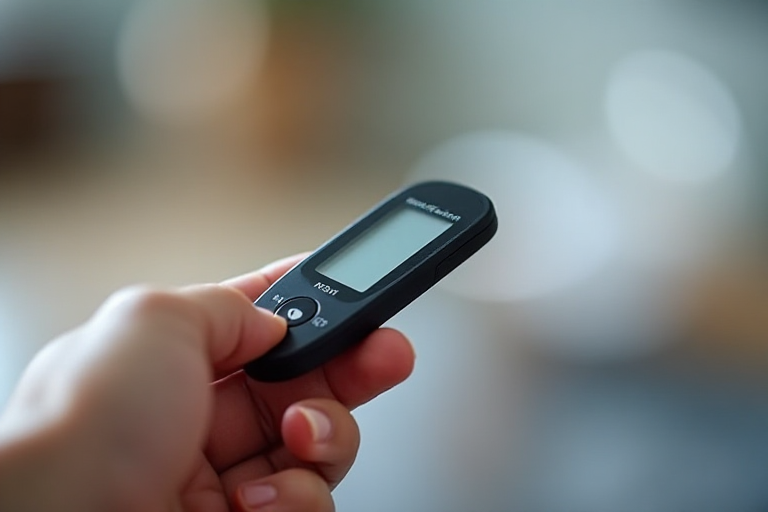Maintaining optimal health and fitness is a goal for many, and understanding how to monitor blood sugar levels effectively is a crucial part of this journey. Blood sugar, or glucose, is the primary source of energy for the body’s cells, and keeping it within a healthy range is essential for overall well-being. This article delves into the importance of blood sugar monitoring, the role of glucose meters, and how this knowledge can enhance your health and fitness regimen.
Blood sugar levels can fluctuate throughout the day due to various factors such as diet, physical activity, stress, and even sleep patterns. For individuals with diabetes, monitoring these levels is particularly critical to prevent complications. However, even for those without diabetes, understanding blood sugar can provide valuable insights into how the body responds to different foods and activities, helping to optimize health and performance.
Glucose meters, also known as blood sugar monitors, are devices that measure the concentration of glucose in the blood. These devices are invaluable tools for managing diabetes, but they are also useful for anyone interested in maintaining a healthy lifestyle. By regularly checking blood sugar levels, individuals can make informed decisions about their diet and exercise routines, ensuring they stay within a healthy range.
One of the key benefits of using a glucose meter is the ability to track how different foods affect blood sugar levels. For example, consuming a high-carbohydrate meal can cause a rapid spike in blood sugar, followed by a crash that leaves you feeling tired and sluggish. By monitoring these changes, you can adjust your diet to include more balanced meals that provide sustained energy throughout the day.
Physical activity also plays a significant role in blood sugar management. Exercise helps to lower blood sugar levels by increasing the body’s sensitivity to insulin, the hormone responsible for regulating glucose. Regular physical activity can improve overall blood sugar control, making it an essential component of any health and fitness plan. However, it’s important to monitor blood sugar levels before and after exercise to ensure they remain within a safe range.
Stress and sleep are two additional factors that can impact blood sugar levels. Chronic stress can lead to elevated blood sugar levels, while poor sleep can disrupt the body’s ability to regulate glucose effectively. By incorporating stress management techniques and prioritizing good sleep hygiene, you can further support healthy blood sugar levels.
In conclusion, understanding and monitoring blood sugar levels is a vital aspect of maintaining optimal health and fitness. Whether you have diabetes or are simply looking to improve your overall well-being, using a glucose meter can provide valuable insights into how your body responds to different factors. By making informed decisions about your diet, exercise, and lifestyle, you can achieve better blood sugar control and enhance your overall health.
